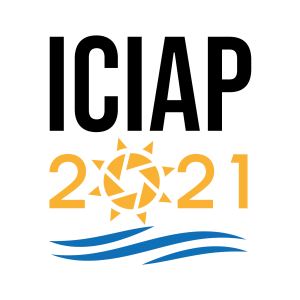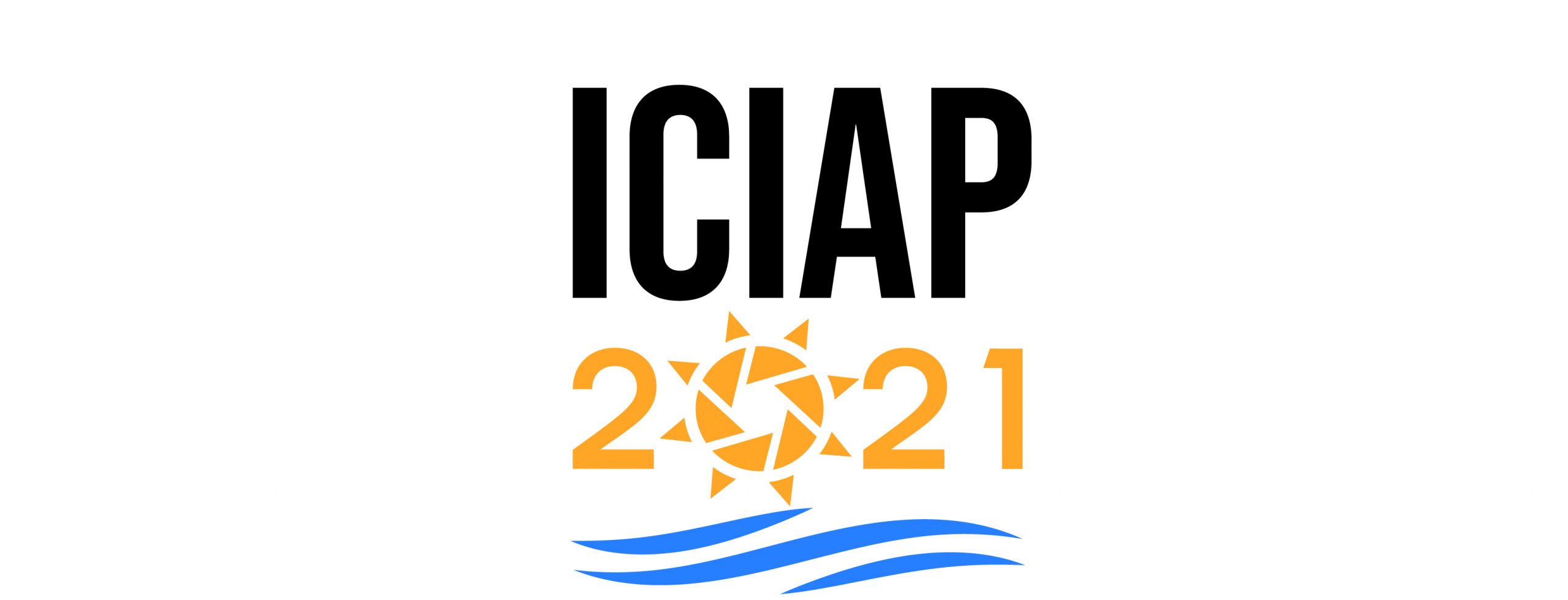QUANTITATIVE ANALYSIS IN MULTIMODALITY MEDICAL IMAGING USING DEEP LEARNING

ABSTRACT |
|
This tutorial represents a complete and balanced review of the subject having a broad scope and coverage of quantitative analysis of multimodality medical images using conventional and deep learning techniques, which is growing in importance both for clinical and research applications. It covers the entire range of molecular imaging from basic principles to various steps required for obtaining quantitatively accurate data from nuclear medicine images including data collection methods and algorithms used to correct them for physical degrading factors, and image reconstruction algorithms as well as image processing and analysis techniques. Computer implementations of dedicated software packages and their clinical and research applications are described and illustrated with some useful features and examples. Various subjective and objective quantitative assessment of image quality will be presented including well-known figures of merit. A detailed description of analytical and Monte Carlo modelling of imaging systems, the functionality of computer codes and development of anthropomorphic models will be provided together with their potential in qualitative and quantitative assessment of image quality. Prospective future applications of quantitative molecular imaging are also addressed especially its use prior to therapy for dose distribution modelling and optimisation of treatment volumes in external radiation therapy and patient-specific 3D dosimetry in targeted therapy. |
Tutorial organisers |
|
Prof. Habib Zaidi Habib Zaidi is Chief physicist and head of the PET Instrumentation & Neuroimaging Laboratory at Geneva University Hospital and full Professor at the medical school of Geneva University. He is also a Professor of Medical Physics at the University of Groningen (Netherlands), Adjunct Professor of Medical Physics and Molecular Imaging at the University of Southern Denmark, Adjunct Professor of Medical Physics at Shahid Beheshti University and visiting Professor at Tehran University of Medical Sciences. He is actively involved in developing imaging solutions for cutting-edge interdisciplinary biomedical research and clinical diagnosis in addition to lecturing undergraduate and postgraduate courses on medical physics and medical imaging. His research is supported by the EEC, Swiss National Foundation, private foundations and industry (Total 8.3 M US$) and centres on hybrid imaging instrumentation (PET/CT and PET/MRI), deep learning for various imaging applications, modelling medical imaging systems using the Monte Carlo method, development of computational anatomical models and radiation dosimetry, image reconstruction, quantification and kinetic modelling techniques in emission tomography as well as statistical image analysis, and more recently on novel design of dedicated PET and PET/MRI scanners. He was guest editor for 12 special issues of peer-reviewed journals dedicated to Medical Image Segmentation, PET Instrumentation and Novel Quantitative Techniques, Computational Anthropomorphic Anatomical Models, Respiratory and Cardiac Gating in PET Imaging, Evolving medical imaging techniques, Trends in PET quantification (2 parts), PET/MRI Instrumentation and Quantitative Procedures and Clinical Applications, Nuclear Medicine Physics & Instrumentation, and Artificial Intelligence and serves as founding Editor-in-Chief (scientific) of the British Journal of Radiology (BJR)|Open, Deputy Editor for Medical Physics, and member of the editorial board of the Journal of Nuclear Cardiology, Physica Medica, International Journal of Imaging Systems and Technology, Clinical and Translational Imaging, American Journal of Nuclear Medicine and Molecular Imaging, Brain Imaging Methods (Frontiers in Neuroscience & Neurology), Cancer Translational Medicine and the IAEA AMPLE Platform in Medical Physics. He has been elevated to the grade of fellow of the IEEE, AIMBE, AAPM and IOMP and was elected liaison representative of the International Organization for Medical Physics (IOMP) to the World Health Organization (WHO) and Chair of Subcommittee on Part 1 Examination of the International Medical Physics Certification Board (IMPCB) and the Imaging Physics Committee of the AAPM in addition to being affiliated to several International medical physics and nuclear medicine organisations. He is developer of physics web-based instructional modules for the RSNA and Editor of IPEM’s Nuclear Medicine web-based instructional modules. He is involved in the evaluation of research proposals for European and International granting organisations and participates in the organisation of International symposia and conferences. His academic accomplishments in the area of quantitative PET imaging have been well recognized by his peers and by the medical imaging community at large since he is a recipient of many awards and distinctions among which the prestigious 2003 Bruce Hasegawa Young Investigator Medical Imaging Science Award given by the Nuclear Medical and Imaging Sciences Technical Committee of the IEEE, the 2004 Mark Tetalman Memorial Award given by the Society of Nuclear Medicine, the 2007 Young Scientist Prize in Biological Physics given by the International Union of Pure and Applied Physics (IUPAP), the prestigious (100’000$) 2010 kuwait Prize of Applied sciences (known as the Middle Eastern Nobel Prize) given by the Kuwait Foundation for the Advancement of Sciences (KFAS) for “outstanding accomplishments in Biomedical technology”, the 2013 John S. Laughlin Young Scientist Award given by the AAPM, the 2013 Vikram Sarabhai Oration Award given by the Society of Nuclear Medicine, India (SNMI), the 2015 Sir Godfrey Hounsfield Award given by the British Institute of Radiology (BIR), the 2017 IBA-Europhysics Prize given by the European Physical Society (EPS) and the 2019 Khwarizmi International Award given by the Iranian Research Organization for Science and Technology (IROST). Prof. Zaidi has been an invited speaker of over 160 keynote lectures and talks at an International level, has authored over 720+ publications (he is the senior or first author in a majority of these publications), including 340 peer-reviewed journal articles in prominent journals (ISI-h index=49|65 Web of Science™|Google scholar, >15’600+ citations), 340 conference proceedings and 41 book chapters and is the editor of four textbooks on Therapeutic Applications of Monte Carlo Calculations in Nuclear Medicine (2 Editions), Quantitative Analysis in Nuclear Medicine Imaging, Molecular Imaging of Small Animals and Computational anatomical animal models. |



